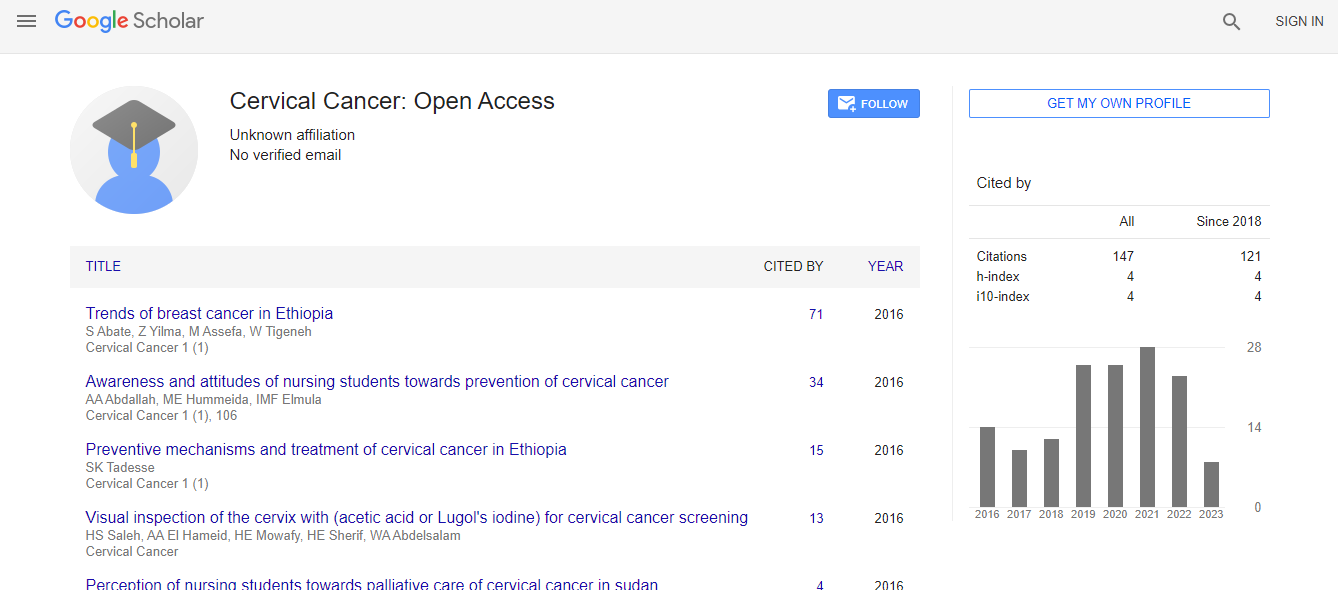Review Article
Dimensions of Cooperative Cervical Oncogenesis in Abortive Infection by Human Papillomavirus
Lawrence M Agius*
Department of Pathology, Mater Dei Hospital, University of Malta Medical School, Malta
- *Corresponding Author:
- Lawrence M Agius
Department of Pathology, Mater Dei Hospital
University of Malta Medical School, MSIDA, Malta
Tel: 356-21451752
Email: lawrence.agius@um.edu.mt
Received date: Apr 21, 2016; Accepted date: May 06, 2016; Published date: May 13, 2016
Citation: Agius LM (2016) Dimensions of Cooperative Cervical Oncogenesis in Abortive Infection by Human Papillomavirus. Cervical Cancer 1:109. doi:10.4172/2475-3173.1000109
Copyright: © 2016 Agius LM. This is an open-access article distributed under the terms of the Creative Commons Attribution License, which permits unrestricted use, distribution, and reproduction in any medium, provided the original author and source are credited.
Abstract
Induced proliferation of Human Papillomavirus genome and proliferation of host basal and suprabasal epithelial cells in the transformation zone are inherently linked in vegetative production of progeny viral particles, as evidenced by the association of late L1 and L2 late elements that encode capsid proteins in the superficial squamous cells of the cervix. Abortive infection is a staged series of networks that utilize cytokine activities towards the utilization of susceptible breakage points within the host cell genome towards an integration series of mechanisms that promotes the immortalization of the epithelial cells principally by the E7 and the transformation by E6 action. Oncogenic transformation is further enhanced by cooperative activities of combined E6-E7 that possibly act as fusion oncoproteins. One intriguing question is the possible dysfunctionality of episomal partitioning of HPV DNA and persistence and integration of this in oncogenesis, emphasizing possible roles of E2 protein of HPV type-16 in transformation.

 Spanish
Spanish  Chinese
Chinese  Russian
Russian  German
German  French
French  Japanese
Japanese  Portuguese
Portuguese  Hindi
Hindi 